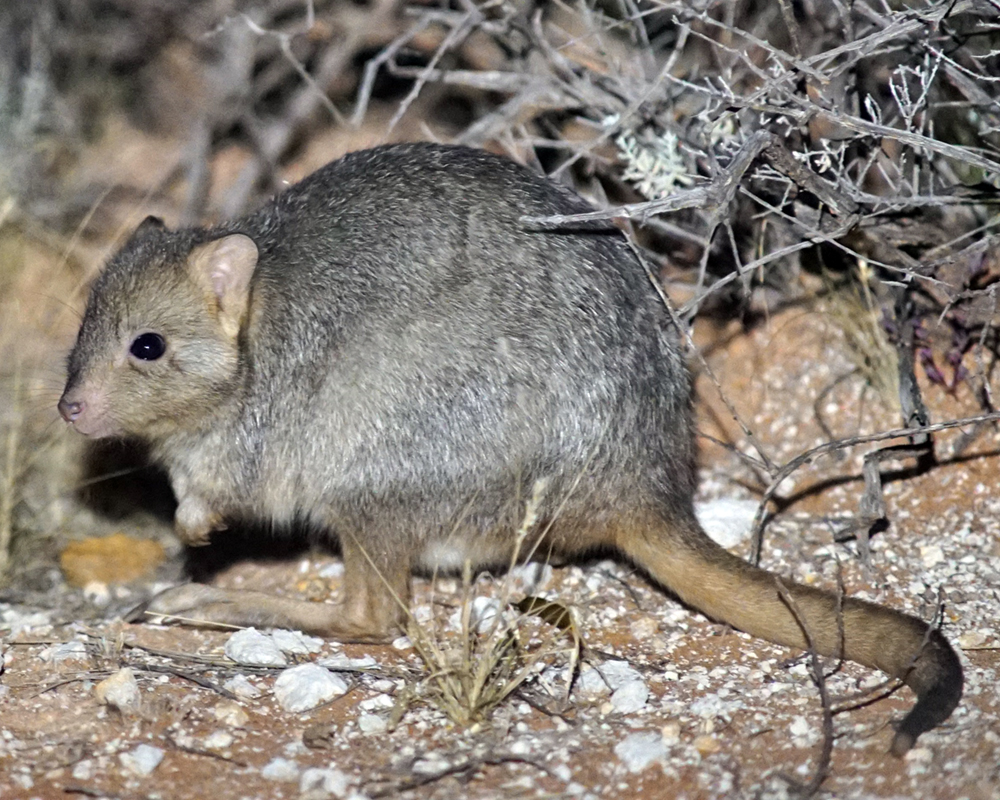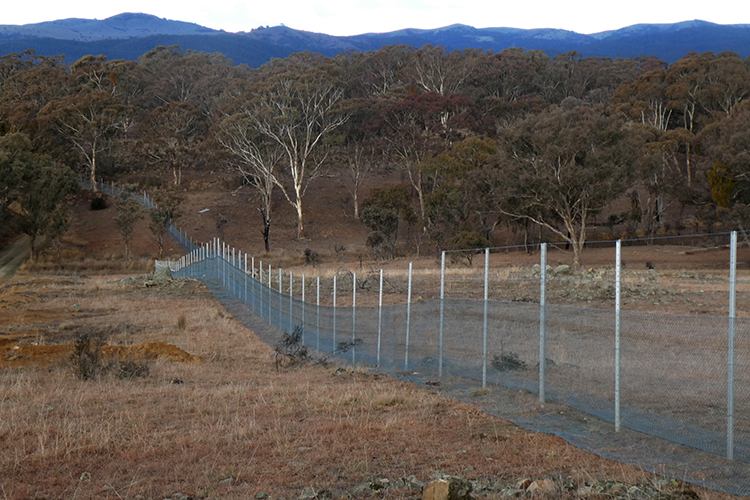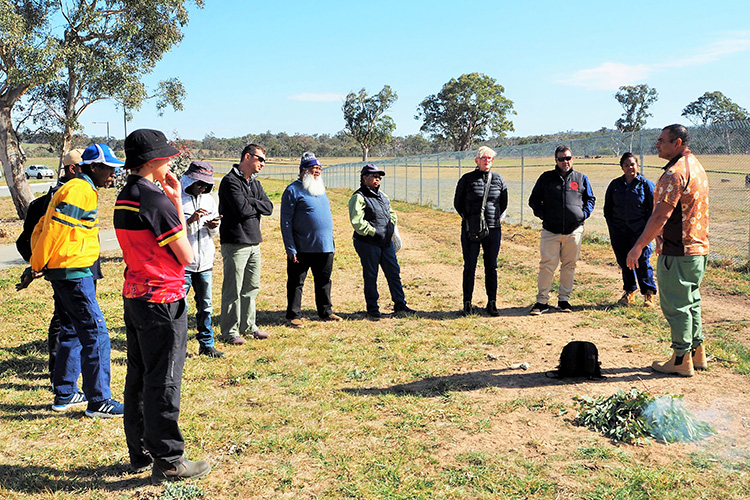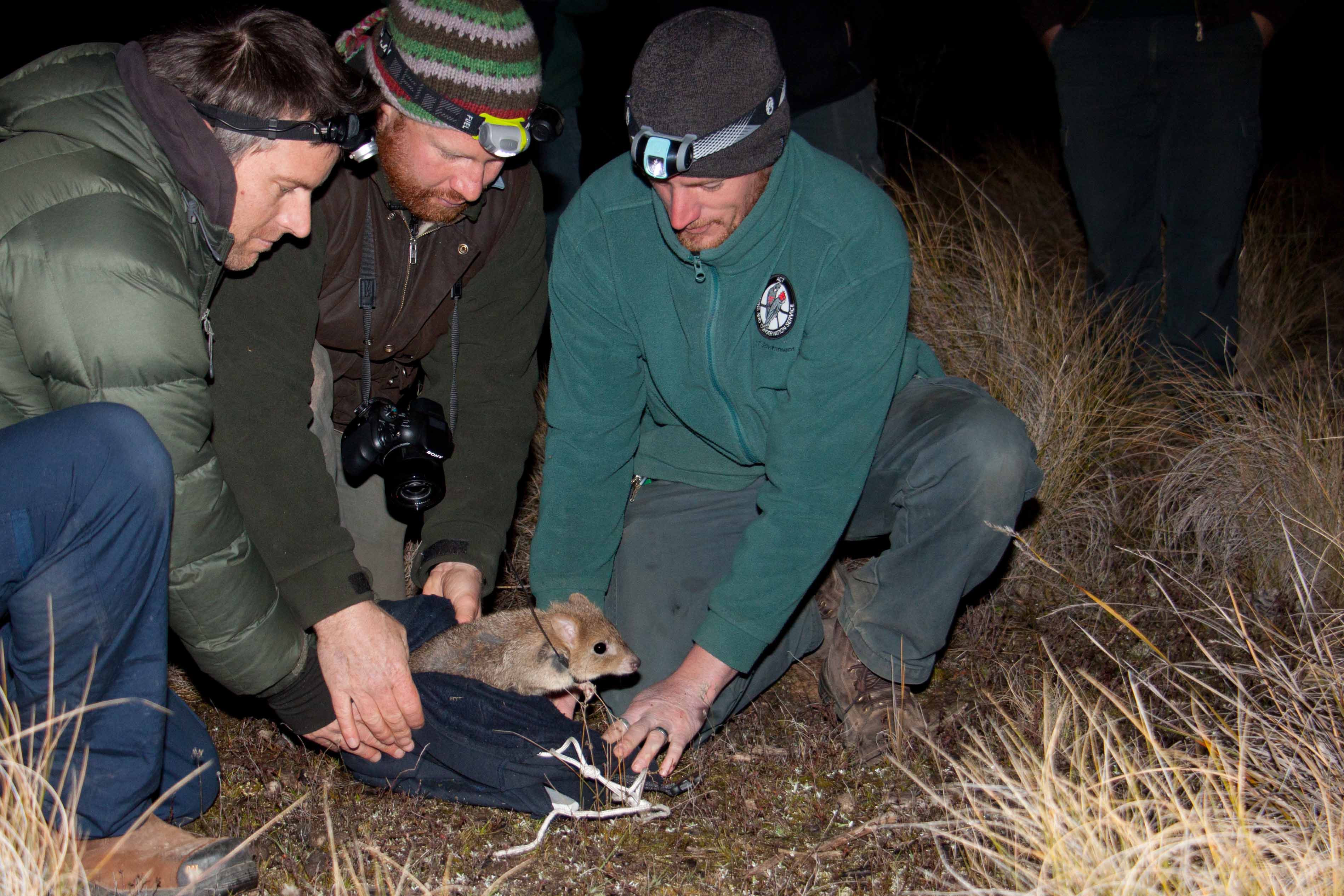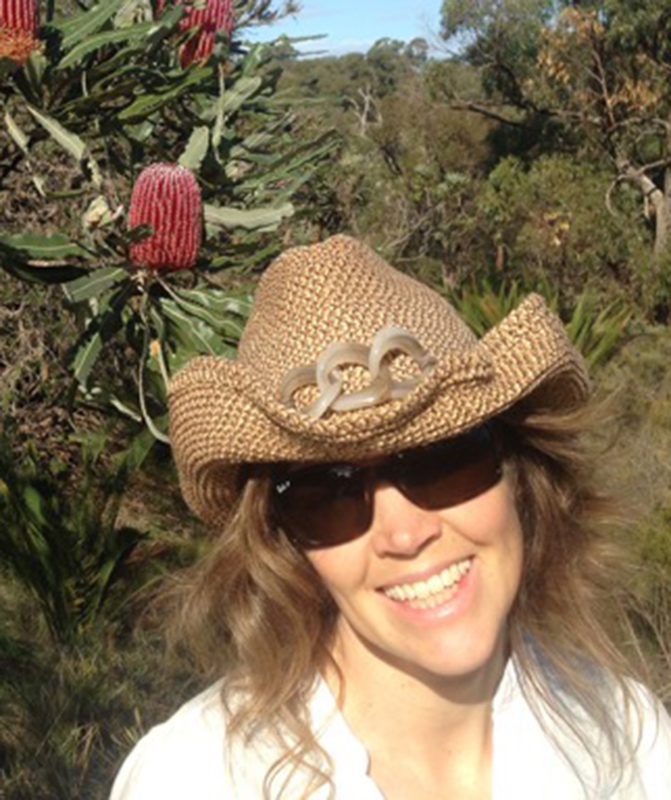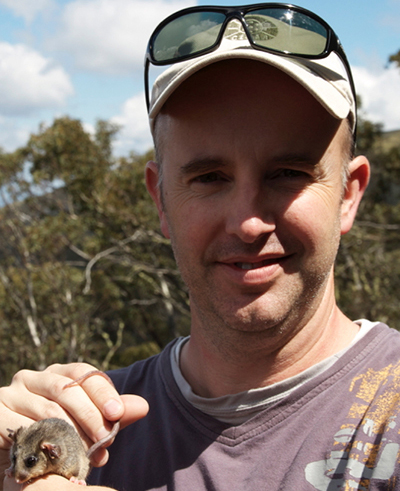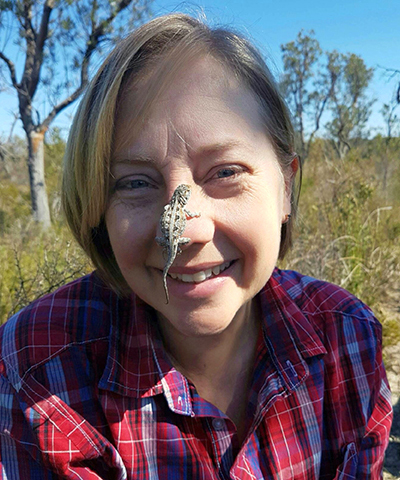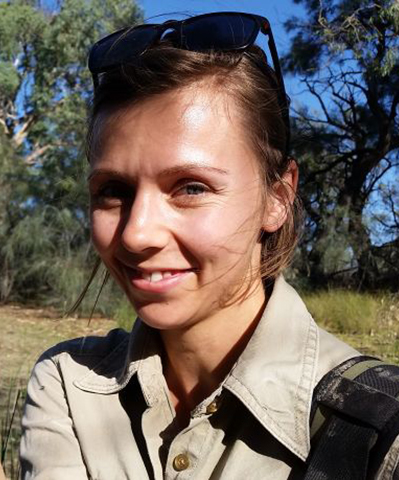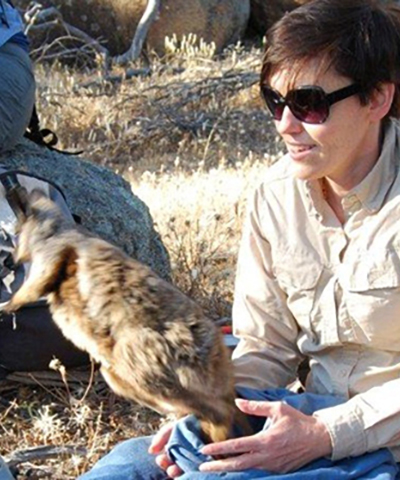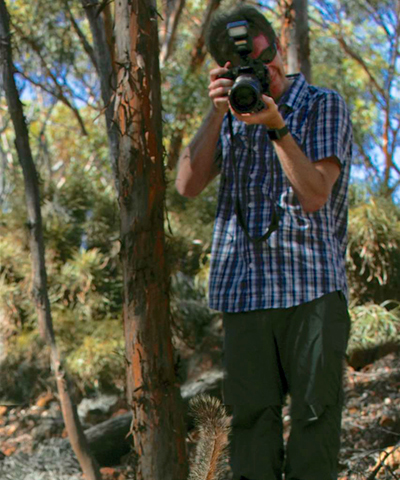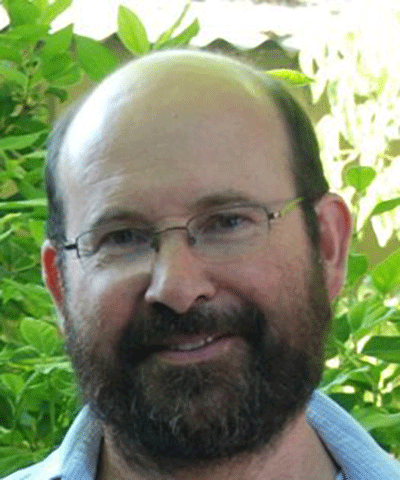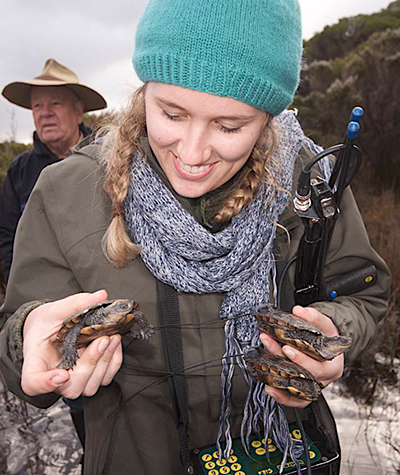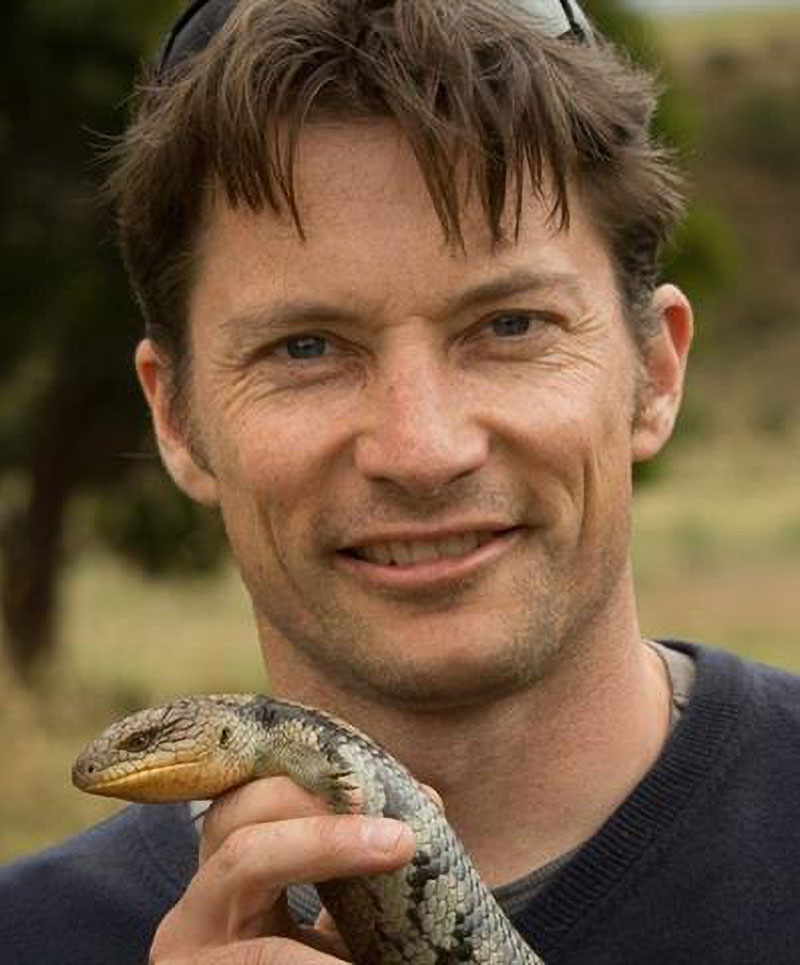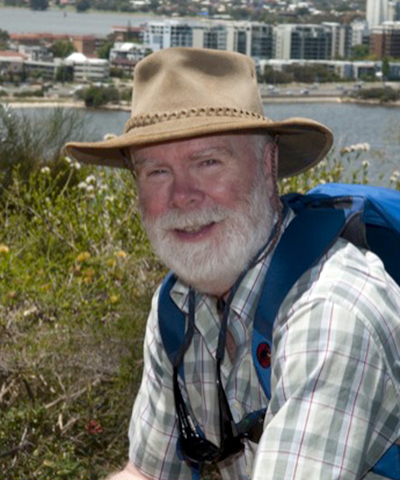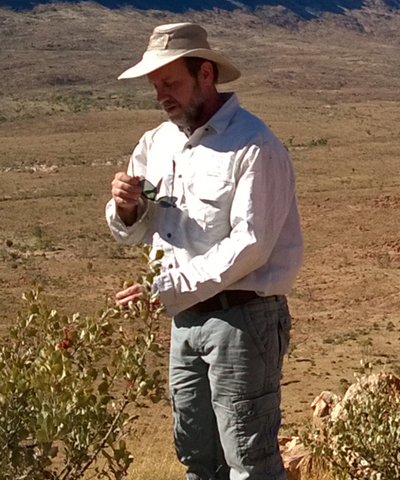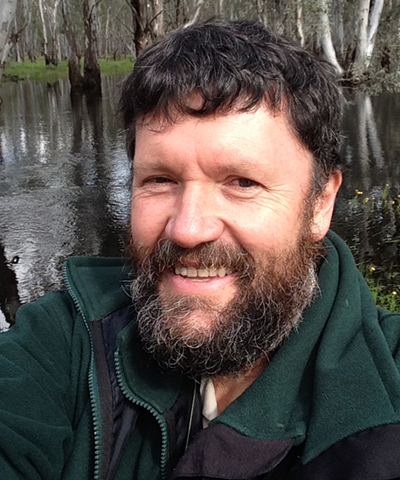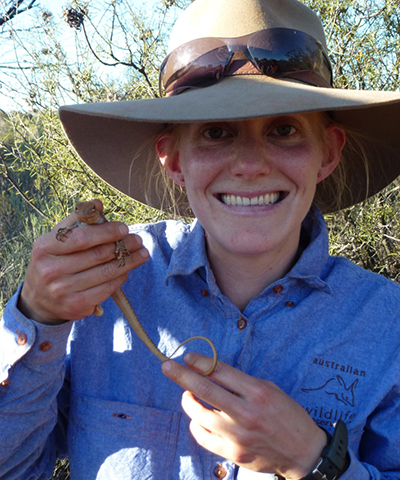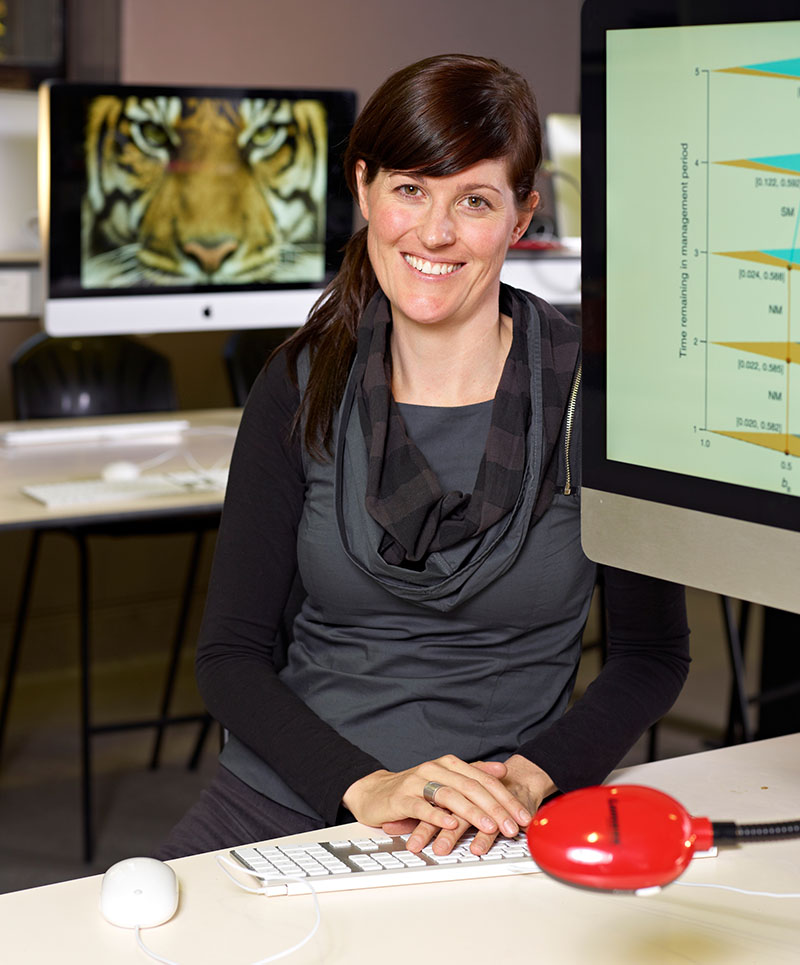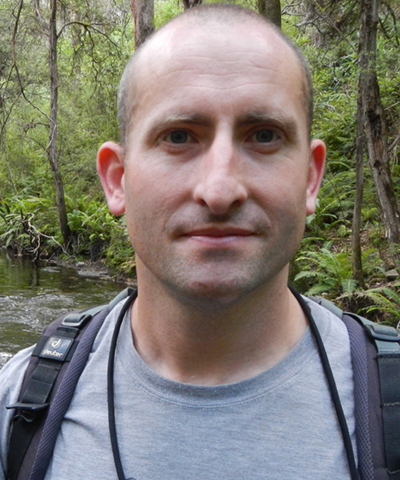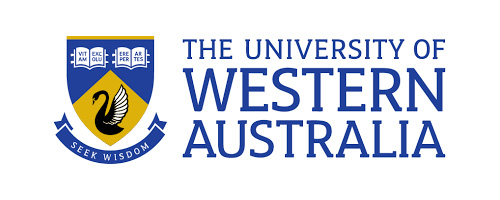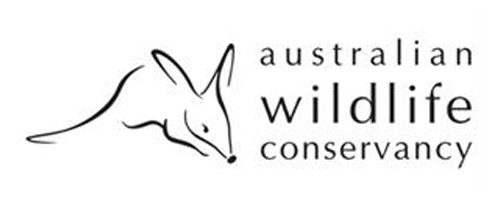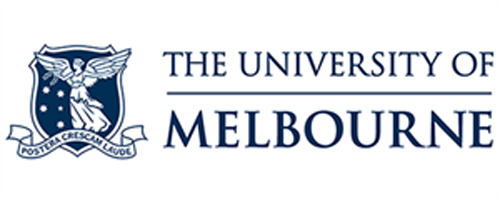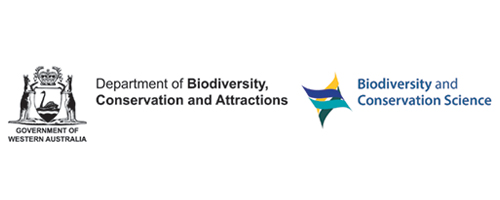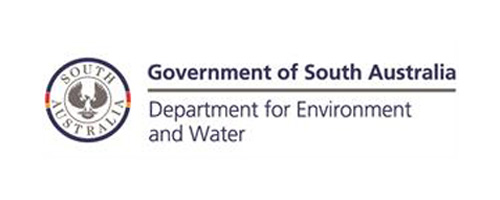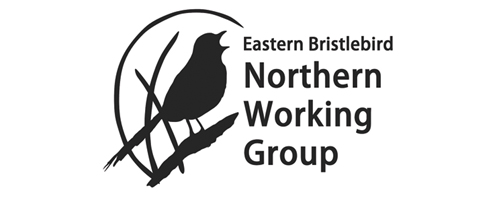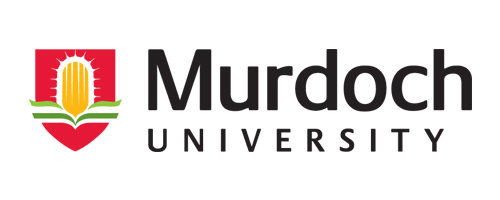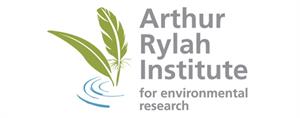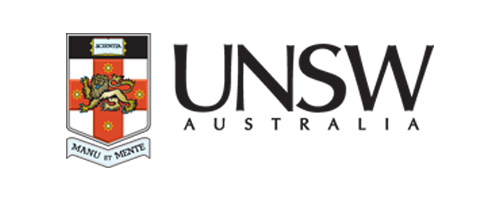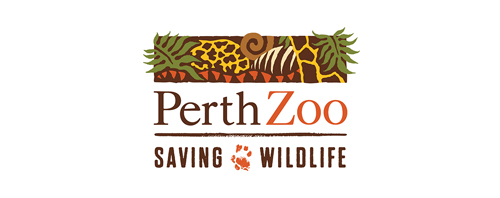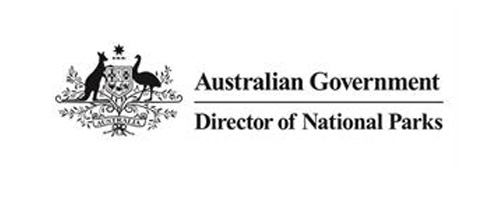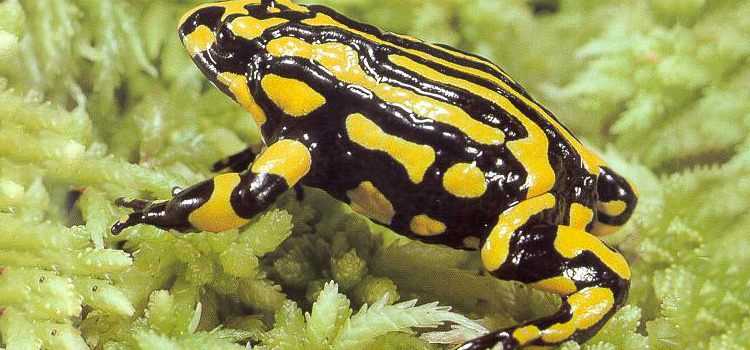
Project: 4.1
Translocation, reintroduction and conservation fencing for threatened fauna
Project Leaders: Nicola Mitchell , Sarah Legge
The conservation problem
Fauna translocations are an increasingly important conservation tool, for example to move species to areas where they are protected from predators, or in response to a changing climate. Moving species presents challenges, including choosing the best locations for translocations, choosing the source populations, reducing the risks to the inpiduals being translocated, and avoiding lowering the viability of populations from which inpiduals are removed.
How this research is addressing the problem
This project is filling major knowledge gaps around the feasibility, risks, benefits and cost-effectiveness of translocating some of Australia’s most threatened fauna. For example, it is providing practical guidance on where fencing projects should be implemented to maximise benefits to threatened mammal conservation, while minimising costs.
It is also addressing the implications of mixing long-isolated populations in attempts to carry out genetic rescue of small, declining populations. For a subset of species, it is focusing on ways to introduce adaptive gene complexes into threatened populations.
In some instances captive breeding can help avoid extinction and also provide animals for translocations. When, and how, should we do this? Such intensive management needs careful planning, including for the maintenance of demographic and genetic health of relatively small populations over the longer-term.
Most research is occurring through partnerships with stage agencies and NGOs, many of whom are expanding their translocation programs. Together, we are engaged in pivotal field trials to evaluate new approaches for improving the resilience of translocated populations. Aside from aiding species recovery, fauna translocations are helping to restore ecosystem processes, which we are investigating by studying the return of digging mammals to mainland sanctuaries.
What we aim to collectively achieve through this research
We aim to improve the practice of translocation for the conservation of threatened fauna.
This project involves the following subprojects:
Project 4.1.1 The current status and future growth of predator-free havens
Project 4.1.1.2 Reintroduction plan to rescue the northern eastern bristlebird
Project 4.1.3 Learning from mammal translocations
Project 4.1.4.1 Assisted colonisation of Australia's rarest reptile: The western swamp turtle
Project 4.1.4.2 Optimising the timing for assisting the colonisation of threatened montane frogs
Project 4.1.4.3 Improving conservation outcomes for critically endangered white-bellied frogs
Project 4.1.6.1 Can assisted gene flow increase the resilience of terrestrial-breeding frogs to a drying climate?
Project 4.1.7 Enhancing ecosystem function by reintroductions of digging mammals
Image: Southern corroboree frog via Parks Australia - Australian Alps collection/Flickr (CC BY-NC-ND 2.0)
